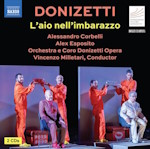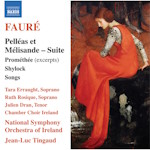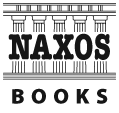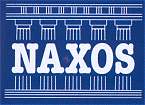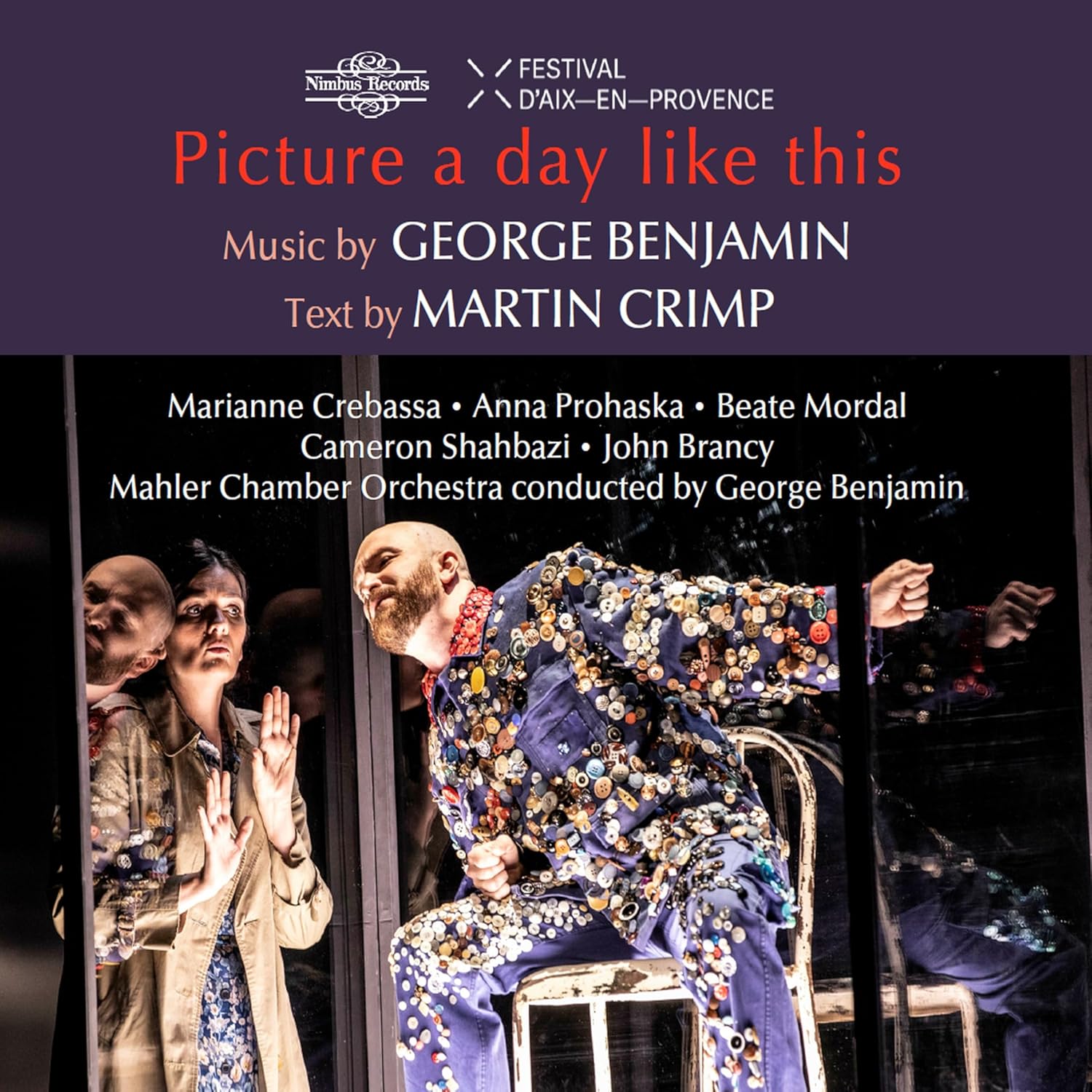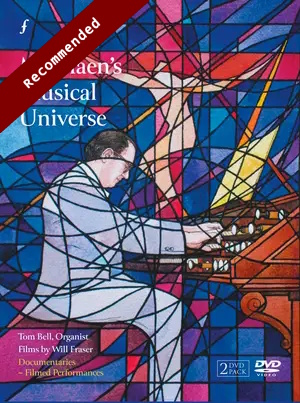
Messiaen’s Musical Universe
Tom Bell (organ, presenter)
Fugue State Films FSFDVD018 DVD [2 discs: 395]
Olivier Messiaen insisted that the ideas behind his music be made apparent to his audience. His printed music often contains textual citations. But where does this leave the listener? Take the score of the Livre du Saint Sacrement. Here, each piece is prefaced with a biblical or religious reference. Do we need to be theologians or experts in exegesis to understand what Messiaen was trying to do in these pieces? And that is only part of the picture. Messiaen viewed giving the listener a picture of how he was trying to convey what we might loosely describe as the inspiration behind his compositions as equally important. The almost codified way he described the technical aspects of his musical language leads us quickly into the trap of thinking that this might be the key to understanding. We look at the notes on the page and believe we know what is happening. But when we hear it played, the music is often confounding. Nothing prepares us for the startling timbre that Messiaen’s registrations effect where, at times, to take one example, the pitches one hears are not those notated in the score.
An understandable reaction to this rather daunting context is, of course, not to worry about it and let the extraordinary music wash over us and evaluate it in our own terms. For many music lovers however – and I suspect the majority of readers of these pages – there will come a time when our curiosity about why this music has the effect on us it does becomes overwhelming. So, if Messiaen’s signposting can be too abstruse, where can we go for some clarity and guidance that will help? This excellent two-DVD set from Fugue State Films might be the best answer yet.
The approach Fugue State has adopted is admirably logical. First, given the importance of the organ to Messiaen throughout his life, they have taken four works from different stages of his career on which to predicate a four-part documentary. These are Le Banquet Céleste from 1928, Messiaen’s first published work, already groundbreaking, defining its own rules; La Nativité du Seigneur (1935), which Messiaen himself regarded as a breakthrough in a musical sense and which remains one of his most frequently performed works; Messe de la Pentecôte (1950), influenced by Messiaen’s increasing interest in birdsong and his practical experience of having improvised during the liturgy at the church of Saint-Trinité for twenty years; and Livre du Saint Sacrement (1984), a massive cycle of eighteen pieces offered as a meditation on the Blessed Sacrament, demonstrating the full range of Messiaen’s highly developed musical language at a very late stage of his career. Second, each documentary has a clear structure. There is a biographical segment in an appropriate setting, interviewees who have fascinating reminiscences of Messiaen to recount, explication of one or more of Messiaen’s key musical ideas and, crucially, detail on how these translated to the organ on which he played for over sixty years. Third, on the second DVD, there are brilliantly filmed and played performances by Tom Bell of the four works in question.
The documentaries are fascinating from start to finish. Their backbone is a set of approachable conversations between Tom Bell and the Messiaen expert Christopher Dingle, who wear their learning lightly. They orient us with chronological and biographical context in place. So, for example, at the start of the third film, we are in Messiaen’s summer writing retreat in the stunning countryside at Pétiché, the ideal place to talk about his captivation with birdsong. They will then discuss lucidly and with musical examples some of the techniques Messiaen deployed. The topics sound daunting: for example, additive rhythms and the influence of Hindu music, the use of different types of scales and the mode of limited transposition, the role of plainchant and aspects of harmony, as well as non-technical musical elements such as the importance of colour, and, of course, birdsong. Bell and Dingle discuss all of these so accessibly however that I found myself absorbing what, in the abstract, are complicated and arcane subjects and coming away with a much-improved understanding and appreciation.
The presenters illustrate many of their points with reference to the four organ works but sensibly don’t do so exclusively. For example, we get to hear some of the Catalogue d’Oiseaux and also an explanation of the musical relationships between Livre du Saint Sacrement and Messiaen’s opera Saint François d’Assise. They are refreshingly down to earth about some things too. For example, a particular effect towards the end of Les Ténèbres from Livre du Saint Sacrement, is described as a ‘strange kind of hellish vacuum cleaner noise’, which might seem irreverent, but it’s spot on. They are good, too, on some of those textual references. It was surprising to me, for example, to learn that the final piece in Livre du Saint Sacrement, the Offrande et Alléluia Final, originally came much earlier in the cycle and was about the visitation of Mary to her cousin Elizabeth, complete with a relevant biblical inscription. At a later stage, Messiaen simply removed the inscription and placed the piece at the end as the Alléluia without altering the music (but now with a prefatory text taken from Thomas à Kempis). This would seem to question how seriously we should take Messiaen’s references, but Bell and Dingle’s explanation is sensible and reassuring.
The interviewees in each film are well chosen. For example we have David Aprahamian Liddle recalling the music critic and French music expert Felix Aprahamian, who introduced him to Messiaen, providing some insights into Felix’s friendship with the composer. It’s also fascinating to hear the memories of Carolyn Shuster Fournier, who played the choir organ at La Trinité alongside Messiaen. Above all, Thomas Lacôte, the current organiste titulaire at La Trinité, is superb, as one might expect, on the particular qualities of the organ Messiaen played and how it was remodelled under the composer’s direction in the 1960s. Given the centrality of timbre to Messiaen’s conception of his works and our experience of it, Lacóte’s perspective is invaluable.
I could go on but I hope I’m conveying how well these films work, they are absolute models of their kind. What’s terrific is that having watched them, one is then presented on the second DVD with the opportunity of seeing complete performances of each of the four works. Aficionados of previous Fugue State Films will know what to expect here and will not be disappointed. Beautiful and detailed recordings take us inside the organist’s world, showing us the use of manuals and pedals, giving a vivid sense of the atmosphere in Blackburn Cathedral and the sheer difficulty and skill involved in executing these works, which Tom Bell does in an exemplary fashion. Readers might wonder why Blackburn Cathedral, and especially, why not La Trinité. This is covered in the documentaries. In short, the organ at La Trinité in its current state would have had considerable shortcomings in playing these demanding works in full (its renovation is planned). So Blackburn was chosen for the films after many other options were considered. The organ at La Trinité is described in the films as romantic with neoclassical additions. Blackburn is the other way around. But paradoxically, it works wonderfully. The point is also made in the films that Messiaen was perfectly happy to adapt his approach to registrations when playing on different organs, and I can only say that Bell’s choices at Blackburn are superb. The organ at Blackburn is also photogenic and fascinating to look at as an object, with its pipes located in various places, which is a considerable bonus for a filmed performance. I’m not sure it’s helpful in this context to comment much more on Bell’s performances of the individual works, given they are integral to the broad package. Still, in my view, they bear comparison with any in the catalogue, and his performance of Livre du Saint Sacrement, the most ‘difficult’ of the works here, is unquestionably the most compelling I have heard.
This is an essential set then, for anyone interested in Messiaen. I’ve watched the documentaries twice (and need to credit the director, Will Fraser, for the great job he has done) and listened to or watched Bell’s performances more or less non-stop since the discs were sent to me. I can’t recommend them highly enough. The accompanying booklet is also informative and helpfully contains some of the texts I have mentioned for the relevant pieces. I should add that the DVD gives the option of hearing the performances in Surround or Stereo sound.
Towards the end of the final film, it’s poignantly recounted that the authorities at La Trinité installed a rope in the staircase leading to the organ loft to assist Messiaen, who by then was suffering from extreme back pain. It took him an hour to ascend and another to descend, yet he suffered this, so important was it to him to come to the Church to play. It was an extraordinary display of devotion by the composer, a lingering image I found as difficult to dislodge from my mind at the end of the DVD as the sounds of the astounding and miraculous music he produced.
Dominic Hartley
Buying this recording via a link below generates revenue for MWI, which helps the site remain free

Contents
DVD 1: Documentary, Messiaen’s Musical Universe
DVD 2: Filmed Performances at Blackburn Cathedral, UK
Olivier Messiaen (1908 – 1992)
Le Banquet Céleste (1928)
La Nativité du Seigneur (1935)
Messe de la Pentecôte (1950)
Livre du Saint Sacrement (1984)
Credits
Presenter: Christopher Dingle
Interviewees: Thomas Lacôte, Carolyn Shuster Fournier, David Aprahamian Liddle, Bruno Messina
Producer and Director: Will Fraser
Filmed Performances
Tonmeister and Director of Photography Sound Design and Editing: Dave Hinitt
Camera, Audio Assistant: Mike Panayiotis
Camera: Steven Benson
Documentary
Camera and Audio Post Production: Simon Still, Philip Barnard
Editors: Will Fraser, Philip Barnard
Re-Recording Mixer: Mark Hodgkin
Production Assistant: Lise Durnez
Design: Carl Thomas
DVD Details
Picture Format DVD: NTSC DVD-9
Sound Format DVD: Stereo / 5.1 Surround
Region Code: 0 Region Free
Original Language: English
Booklet Notes: English


